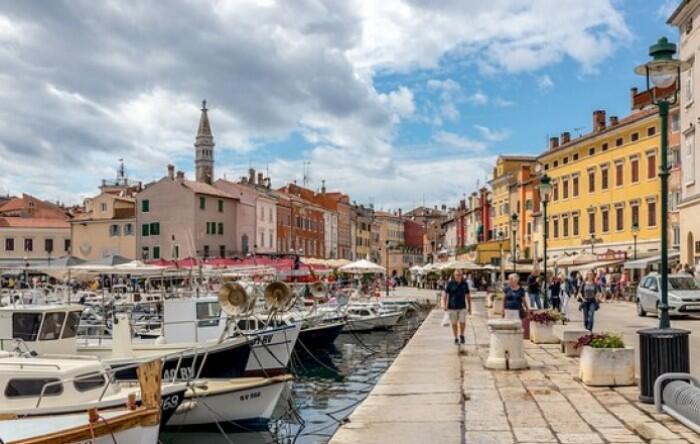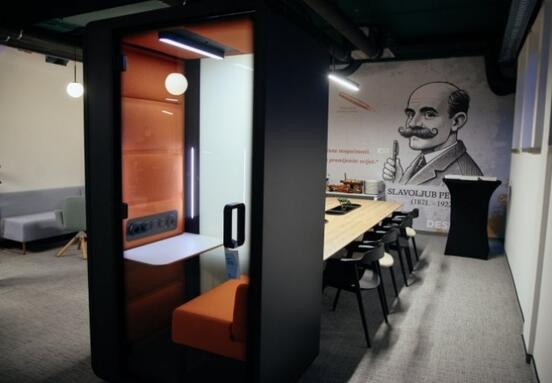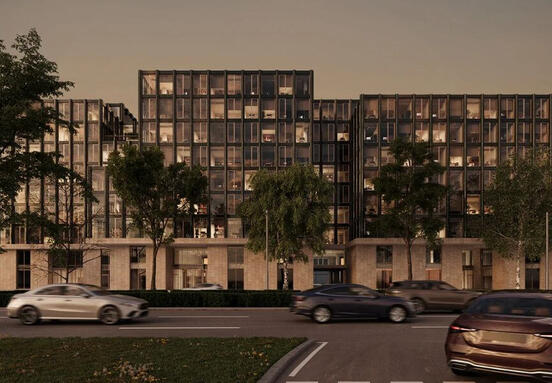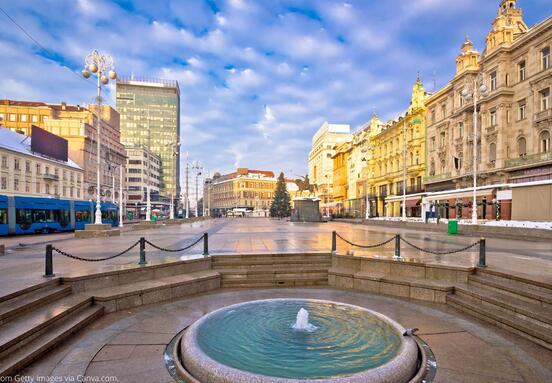This is a survey on the attitudes and perceptions of the local population about tourism conducted as part of the development of the Strategy for the Development of Sustainable Tourism for the period until 2030 and published on the MINTS website.
1166 respondents from all counties and the City of Zagreb participated in the research. According to HR NUTS 2 regions, Adriatic Croatia had 34 percent of respondents in the survey, Pannonian Croatia 30 percent, the City of Zagreb 16 percent and northern Croatia 20 percent.
Overall, the survey showed that in addition to dissatisfaction with the level of networking of tourism with the economy, the quality of tourism management and involvement in development, residents are aware of the workforce and insufficient placement of locally produced food and beverages through tourism.
About 33 percent of respondents said they were dissatisfied with the state of tourism in their county, and 35.3 percent said that the situation was satisfactory, while half or 51.3 percent said that the preservation of the environment in the county and 50.3 percent said that the arrangement of public areas was satisfactory. or extremely satisfactory.
Slightly more than half - 53.4 percent, believe that the development of tourism contributes to the stay of young people in Croatia, and 52.2 percent that tourism in their counties has attracted additional investment and 53 percent that they have created new jobs.
Respondents also said that the development of tourism improves communal and transport infrastructure and that local residents and businesses benefit economically from tourism, and 59 percent of them agreed that tourism brings awareness of the importance of environmental protection and 56 percent that tourism encourages protection and improving the quality of the environment.
The majority of respondents, or 75.5 percent, said that tourism encourages the production of indigenous food and beverages, and a similar percentage agreed that tourism encourages the preservation of cultural heritage.
The survey also showed that more than 64 percent of respondents disagree about tourism endangering the quality of life of the local population and that tourism has increased the rate of vandalism, crime and drug use.
Almost 42 percent of them think that tourism is the reason for the crowds, and 44.5 percent that uncontrolled construction endangers the area of their county.
Among the negative effects of tourism, the respondents point out the increase in the cost of living of the local population, with respondents from the most developed tourist region, Adriatic Croatia, most notice the negative effects of tourism.
In addition, the inhabitants of Adriatic Croatia have largely agreed that tourism causes traffic problems and uncontrolled construction.
Ten key challenges of Croatian tourism and four scenarios
Based on the analysis of the current situation, ten key challenges of Croatian tourism were identified - temporal and spatial inequality, the impact of tourism on the environment and nature, the relationship between tourism and climate change, adaptation to rapid technological change, quality of life and well-being of local population. , inadequate structure and quality of accommodation capacities, unfavorable business and investment environment, insufficiently effective legislative and management framework and the impact of the crisis on tourism and changes in the behavior and needs of tourists.
The analysis also brings four scenarios of alternative futures, the first two of which are negative, with a decline and increase in tourism intensity, while the third is baseline and the fourth is positive.
A negative scenario with a decrease in intensity means a decrease in tourist nights regardless of the cause, especially in the season, and a deviation of tourist traffic from the value of 2019, which reduces tourism income, limits development and investment and closes accommodation facilities, with declining quality of life. tourist developed areas.
The negative scenario with increasing intensity assumes intensive growth in the number of overnight stays (at a rate or higher than in the period 2015-2018), as well as growth in tourism revenues, but with declining revenues per night, seasonality increases and the need for unskilled labor , which brings increasing pressure on tourism infrastructure and destination resources, increasing waste and greenhouse gas emissions from the tourism sector, with little or no investment in green and digital transition, and rising costs of living and real estate undermining the authenticity of the local community.
The baseline scenario assumes tourism growth at conservative rates of 1 to 3 percent per year by 2030, with revenue stagnating and / or growing only slightly, but no turnaround in the tourism model and accommodation structure, with staffing problems continuing and the sun and sea supply dominating. the population sees more and more with the positive and negative impacts of tourism.
A positive scenario means improving the concept and model of tourism development management, and with the full use of funds from the NPOO tourism develops sustainably, strengthening outside the main season and in underdeveloped areas and tourism revenue per night is closer to the EU average. The development of year-round accommodation structure and higher value-added products reduces seasonality and strengthens the effect of tourism on other sectors, and local people and products are involved in everything, while sustainable technologies and management reduce waste.
Source: sebizz







